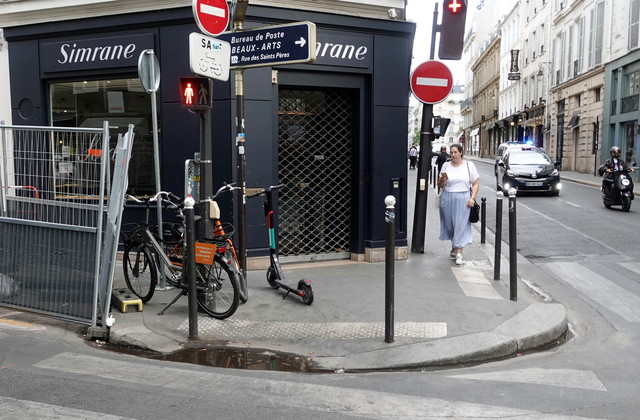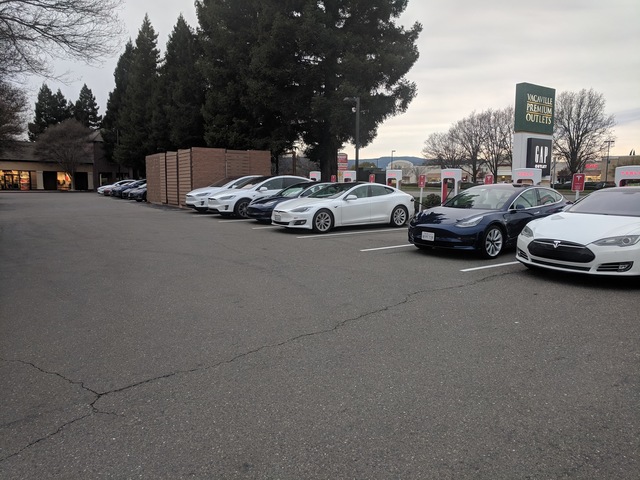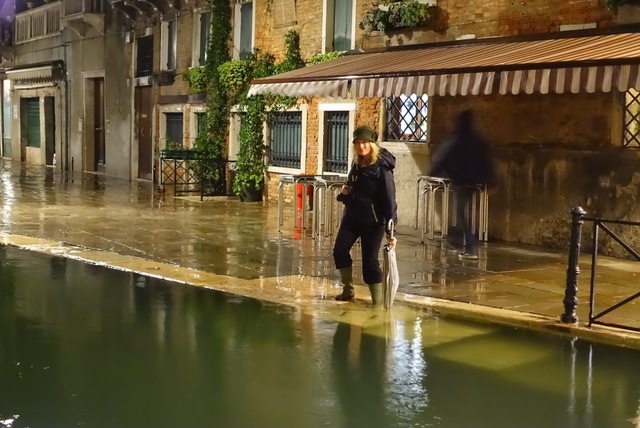Can An Electric Car World Handle Thanksgiving Travel?
Submitted by brad on Thu, 2019-11-28 14:01If the world switches to mostly electric cars, how will they handle the charging on peak travel days like Thanksgiving? I wrote an article on some thoughts for that, and on evacuations as well.
Read about it at Can An Electric Car World Handle Thanksgiving Travel?












